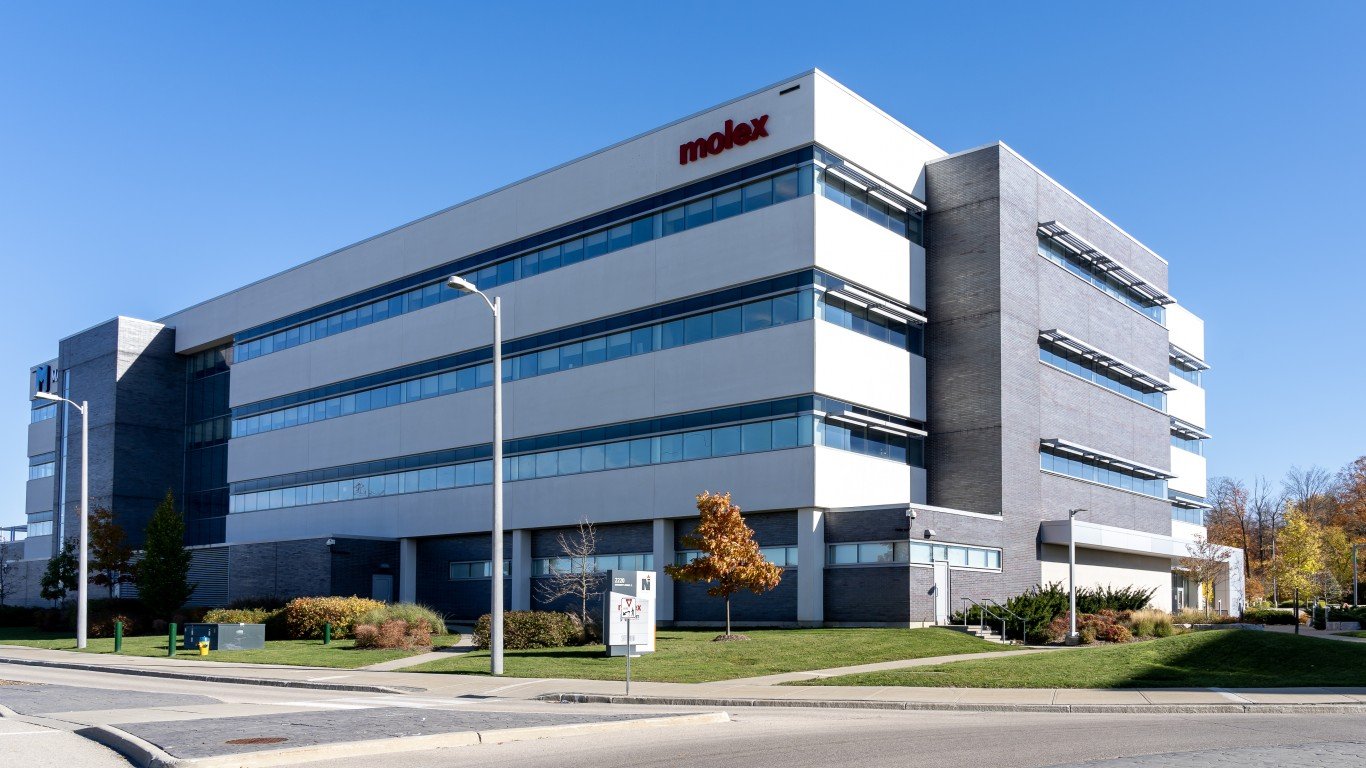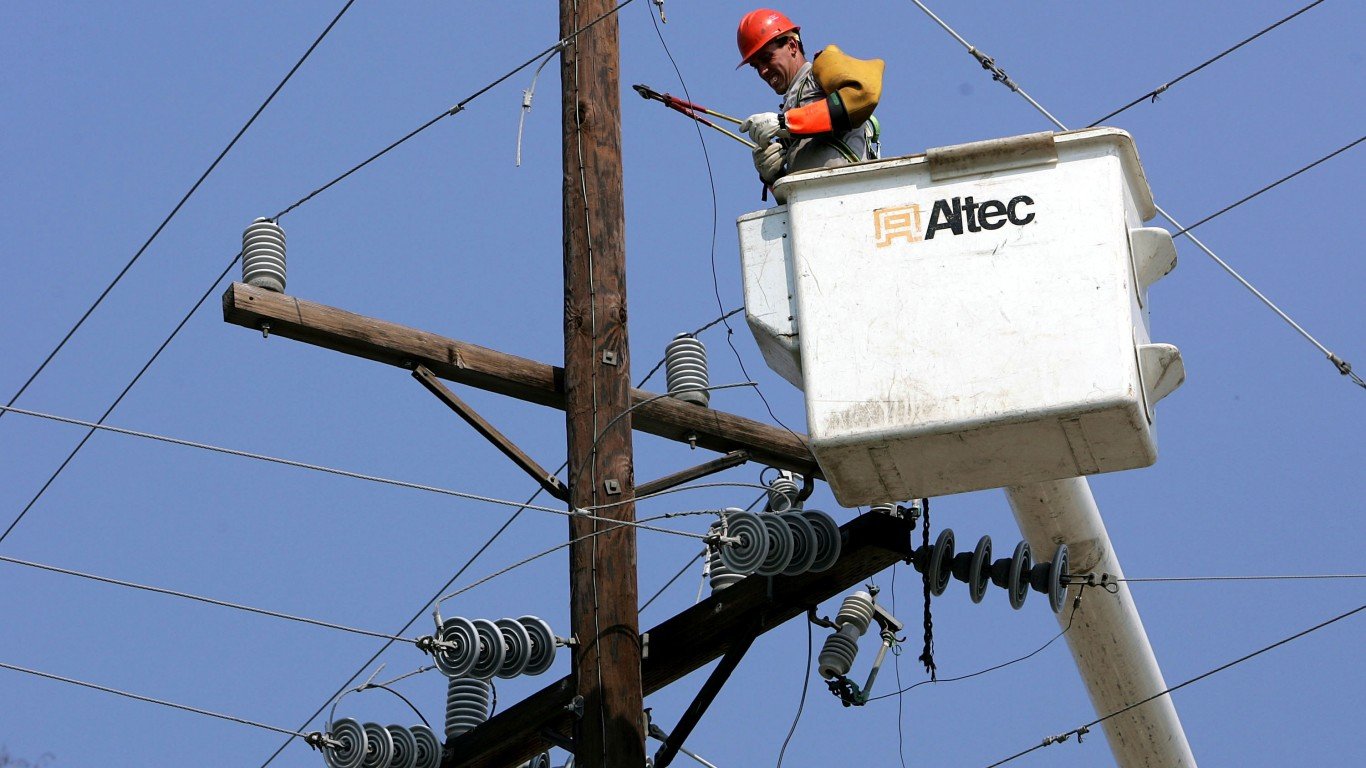
20. WestRock
> Toxic hazard (pounds released x toxicity): 1,418,051,727
> Environmental justice, poor population share 28% – #61 highest out of 100 corporations
> Environmental justice, minority population share 36% – #36 highest
> Pct. of toxic hazard from a single facility: 76% – #60 highest
With facilities in 30 countries and over two dozen facilities in the U.S., WestRock gets a poor ranking for water pollution because of its size and the nature of its business. It is one of the largest paper and packaging companies in the world. Paper making requires immense amounts of water, much of which can be treated and recycled, but ultimately most of the water used in manufacturing processes becomes contaminated with toxic materials and is released into the environment pursuant to state or federal permits.

19. Koch Industries
> Toxic hazard (pounds released x toxicity): 1,424,784,128
> Environmental justice, poor population share 36% – #32 highest out of 100 corporations
> Environmental justice, minority population share 18% – #67 highest
> Pct. of toxic hazard from a single facility: 13% – #100 highest
The most polluting of the scores of facilities run by Koch Industries are overwhelmingly located in poor regions. Twenty-two of its 30 most polluting plants are upstream of communities with higher than average poverty levels. The facility discharging the greatest amount of toxics into local waters is Alabama River Cellulose, located in an area where 64.6% of the population lives in poverty.

18. American Electric Power
> Toxic hazard (pounds released x toxicity): 1,450,819,085
> Environmental justice, poor population share 41% – #18 highest out of 100 corporations
> Environmental justice, minority population share 7% – #86 highest
> Pct. of toxic hazard from a single facility: 69% – #66 highest
American Electric Power operates a number of electric power plants, mainly in the South and Midwest, but only two, together, discharge over 94% of the company’s toxic wastewater. Among other chemicals, the two plants dumped over 900 pounds of arsenic compounds into local waters in 2019.

17. Berkshire Hathaway
> Toxic hazard (pounds released x toxicity): 1,832,737,906
> Environmental justice, poor population share 27% – #63 highest out of 100 corporations
> Environmental justice, minority population share 38% – #32 highest
> Pct. of toxic hazard from a single facility: 92% – #47 highest
Included in Berkshire Hathaway’s portfolio are interests in utilities, insurance companies, real estate, media, retail stores, foundries, and manufacturers of clothing, building materials, home furnishings, and recreational vehicles. Given the size and diversity of holdings it would be surprising if the international conglomerate under the leadership of Warren Buffett was not on a list of major polluters. And yet, only one of its companies, Lubrizol, a chemical manufacturer, is responsible for nearly 92% of the toxic wastewater Berkshire is credited with discharging into U.S. waters.

16. Chemours
> Toxic hazard (pounds released x toxicity): 1,836,708,431
> Environmental justice, poor population share 34% – #44 highest out of 100 corporations
> Environmental justice, minority population share 26% – #51 highest
> Pct. of toxic hazard from a single facility: 89% – #50 highest
Six of Chemours chemical plants have spotty or worse water permit compliance records. It has also been the subject of several lawsuits over polluted groundwater and drinking water wells. The company, along with DuPont, which originally owned Chemours, agreed to pay over $400 million to settle charges of dumping the carcinogen perfluorooctanoate (PFOA) from a plant in West Virginia.






